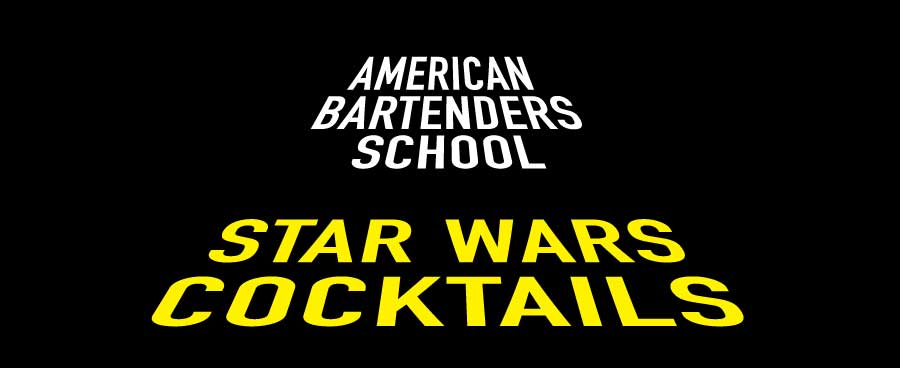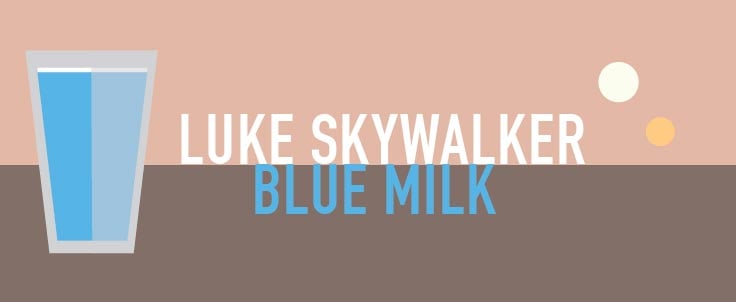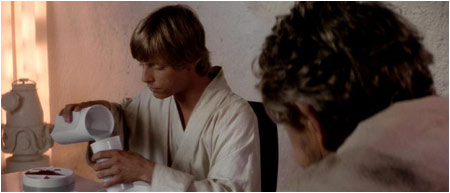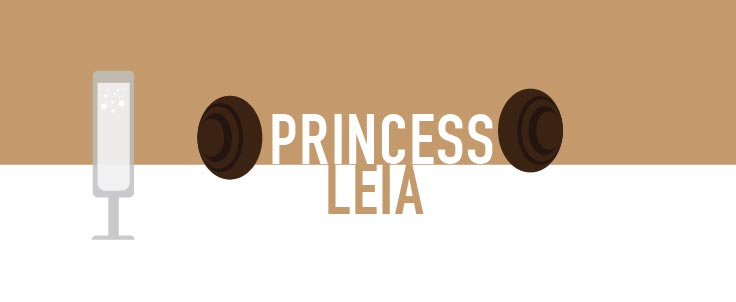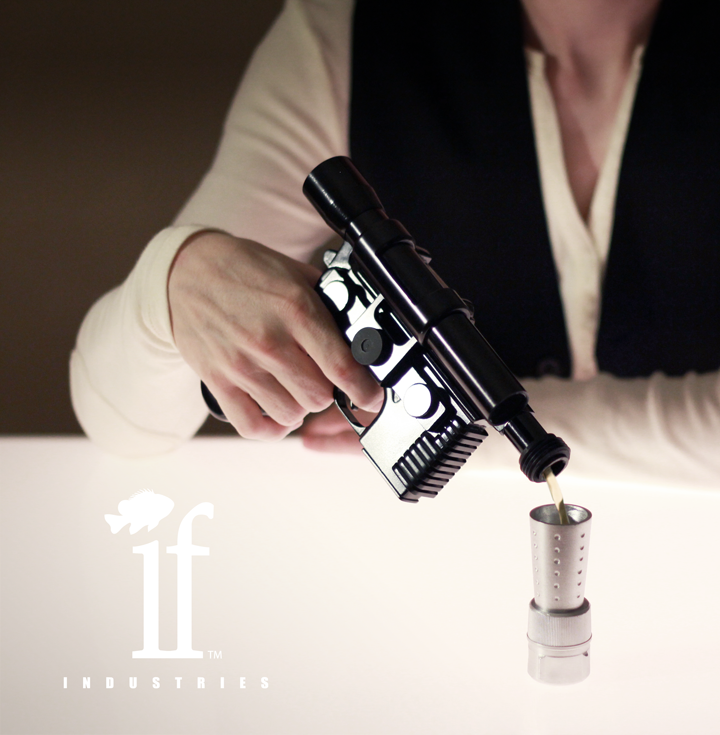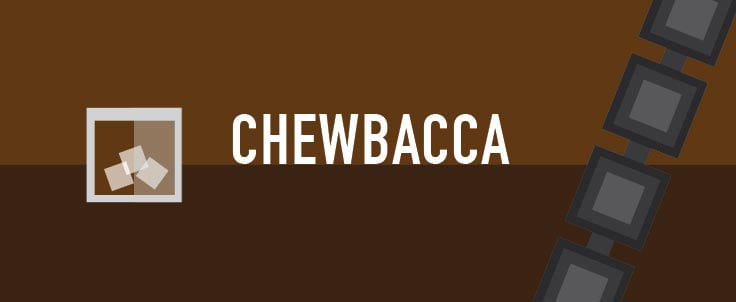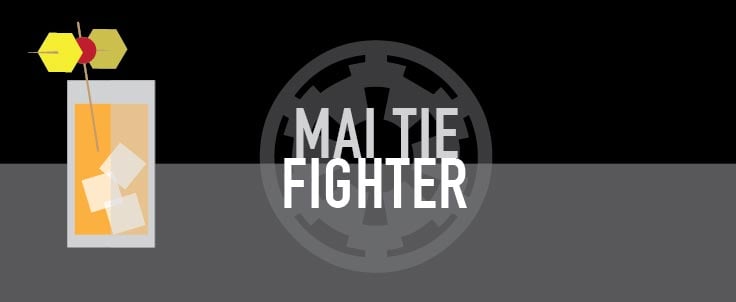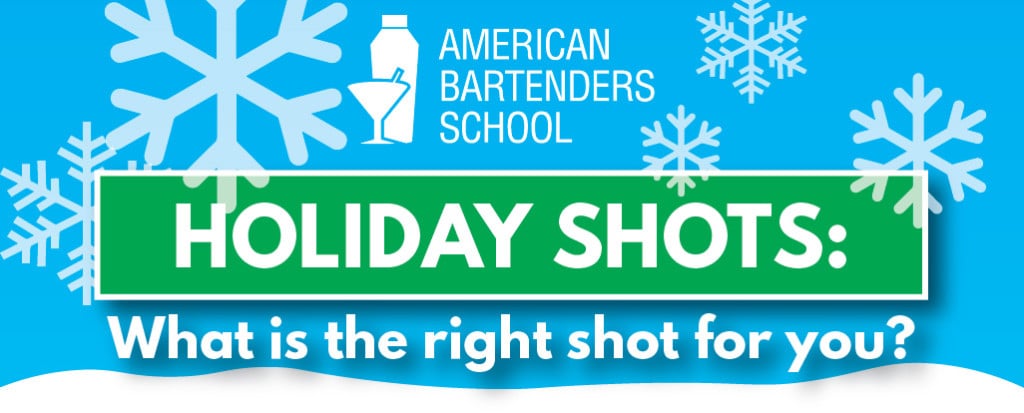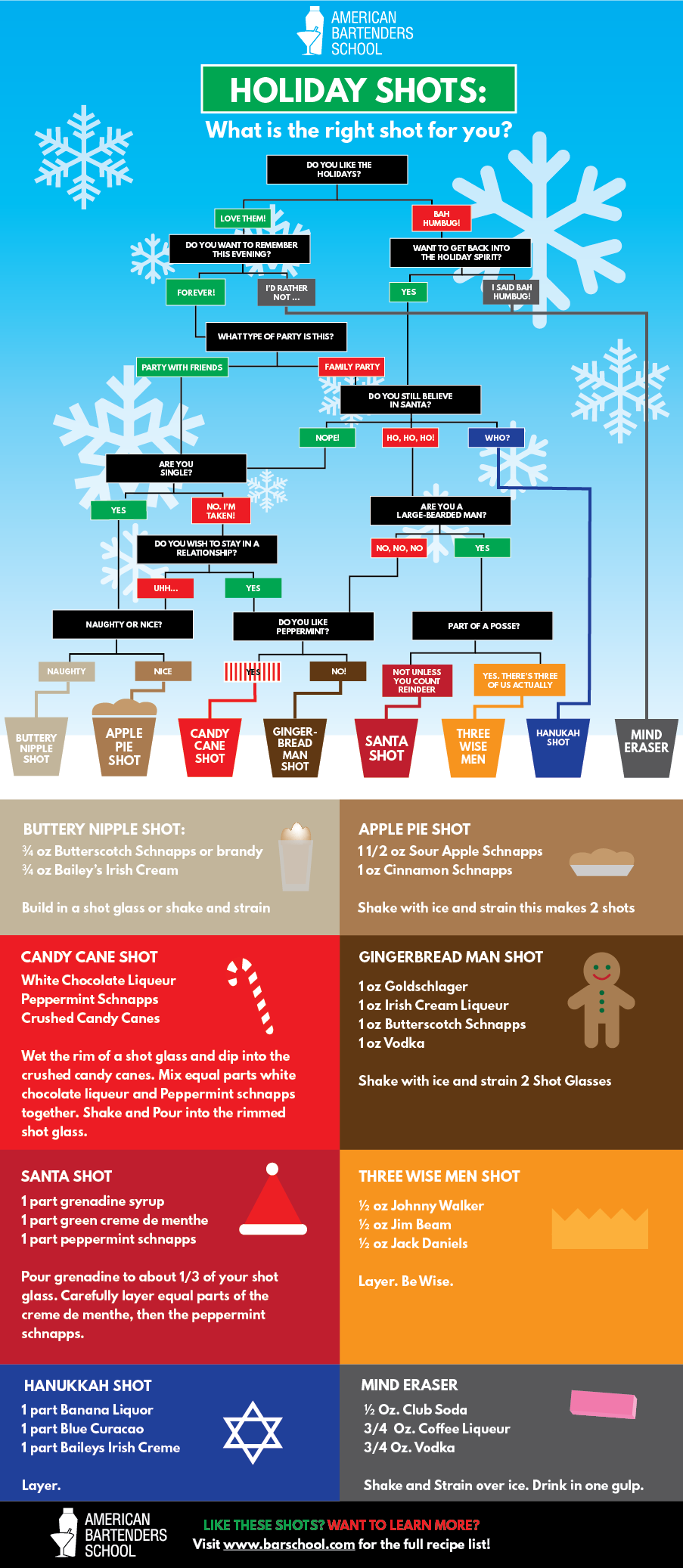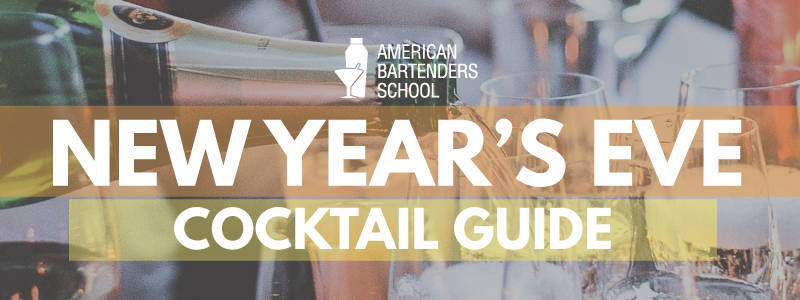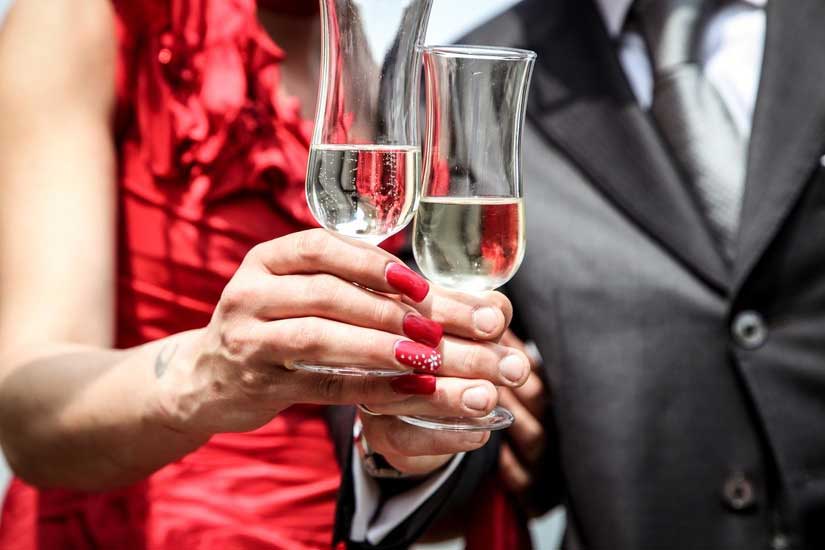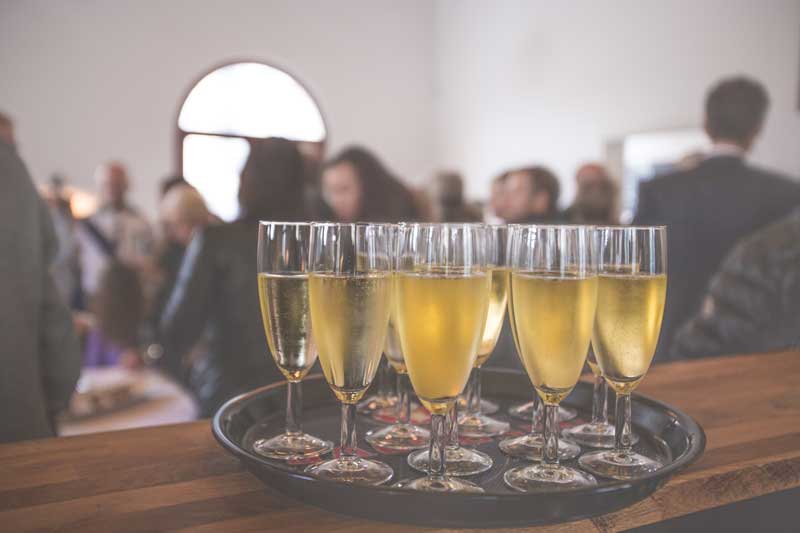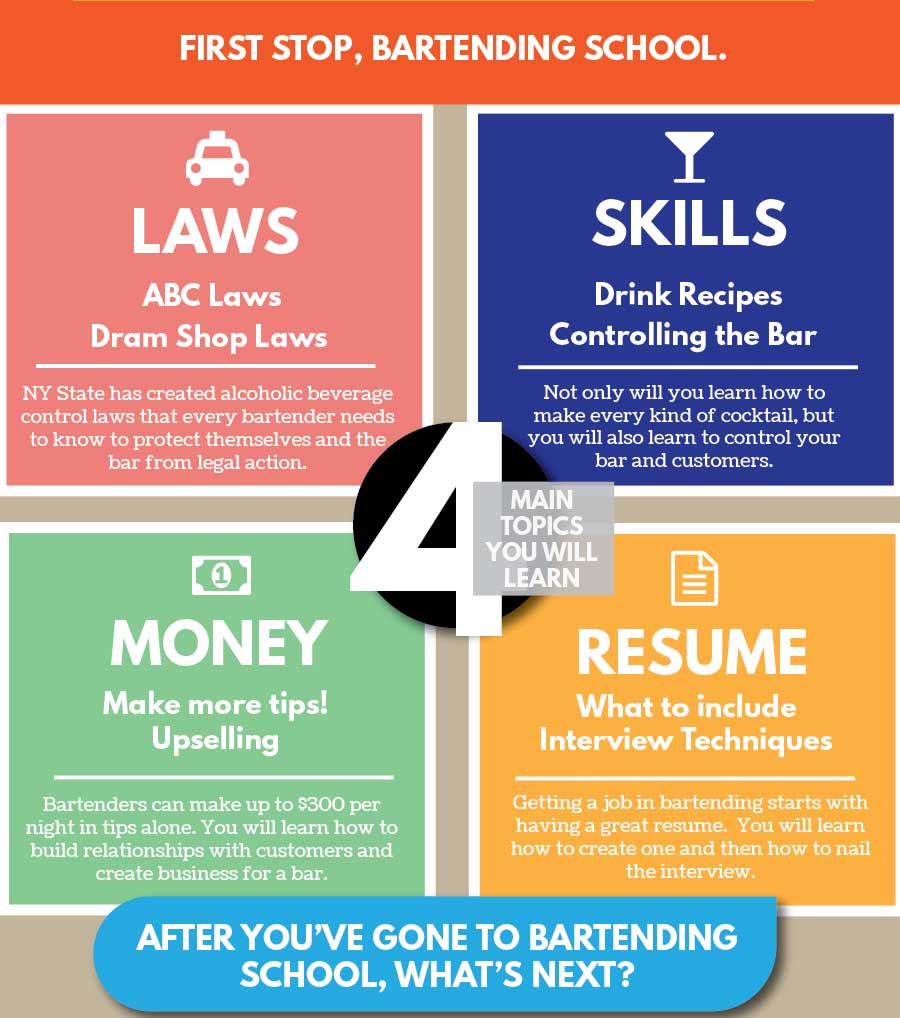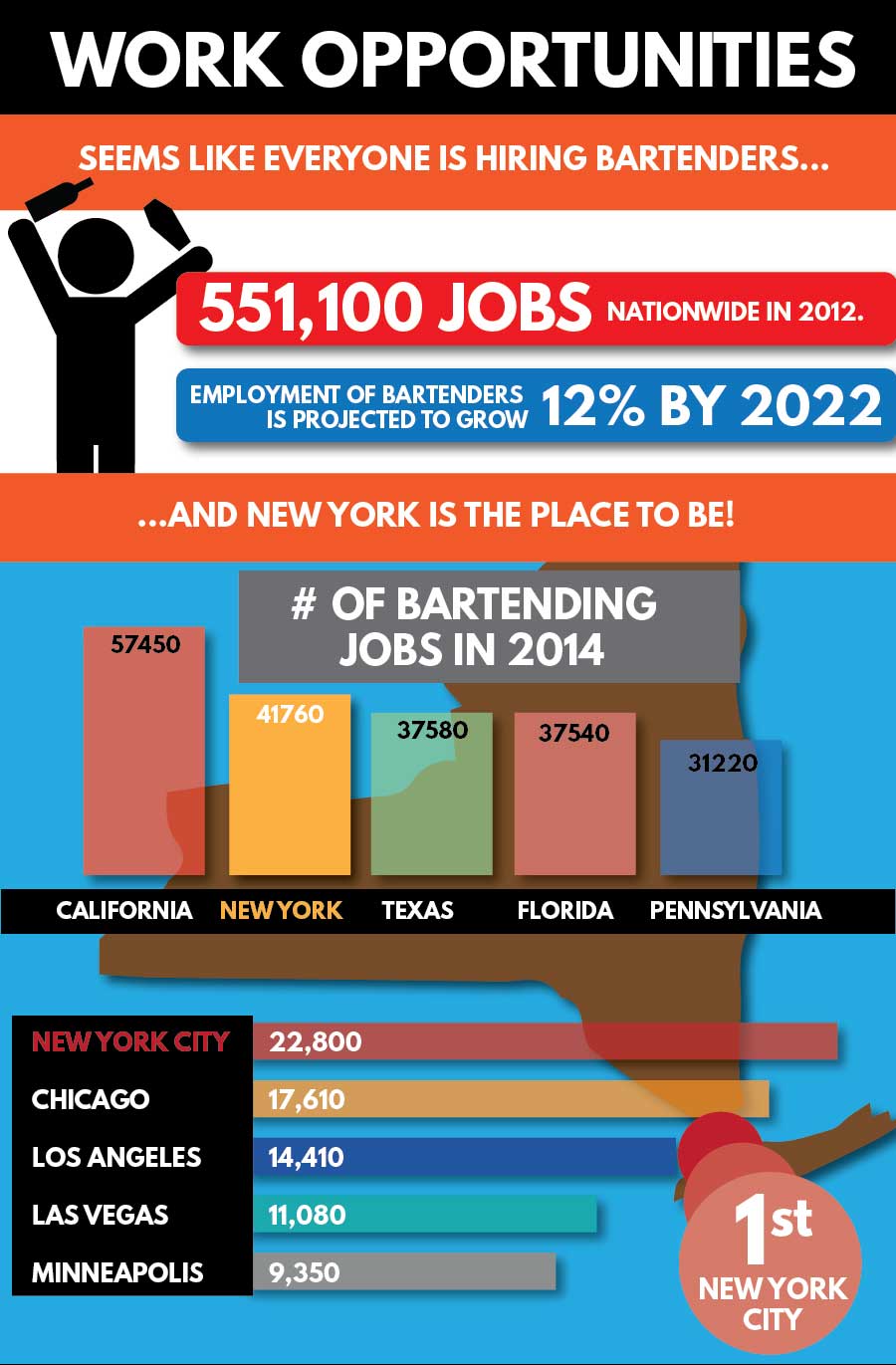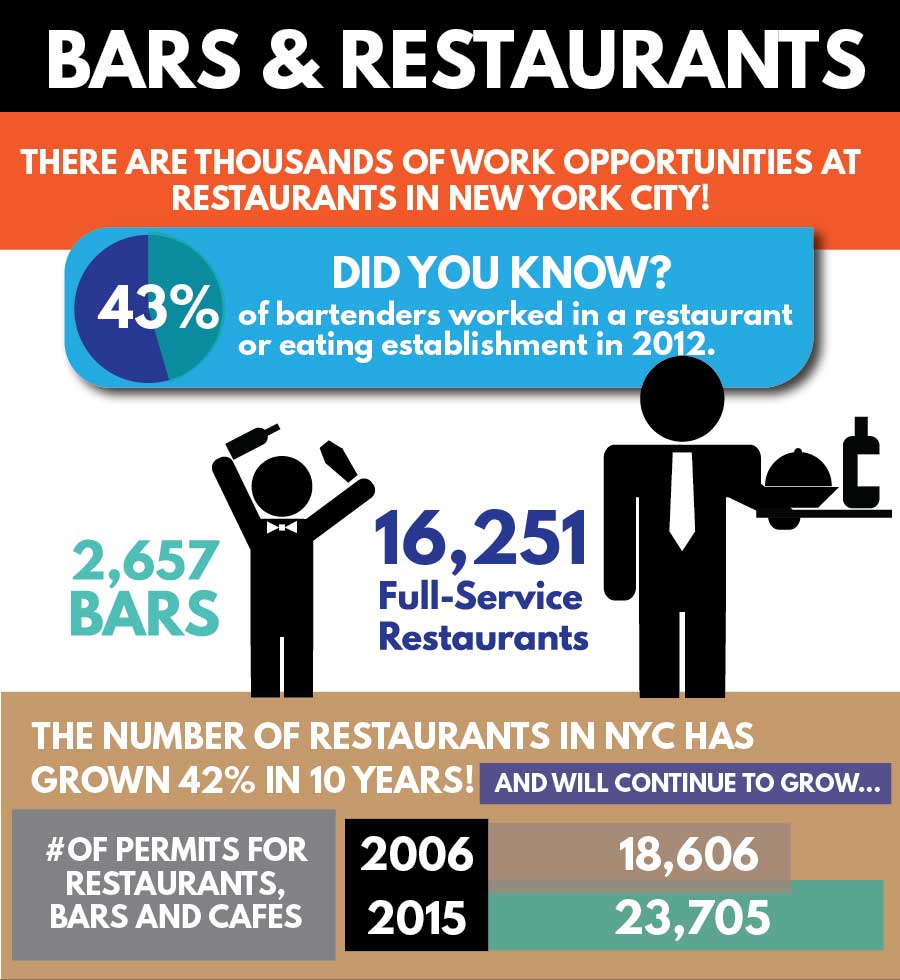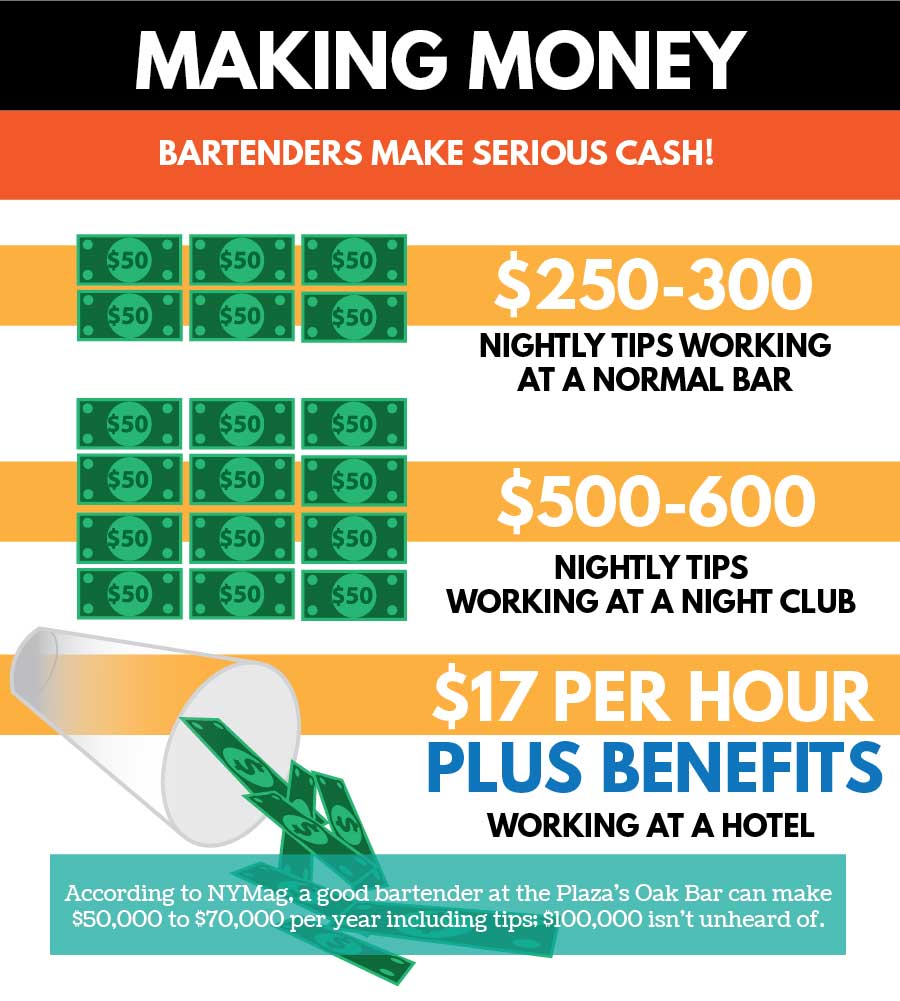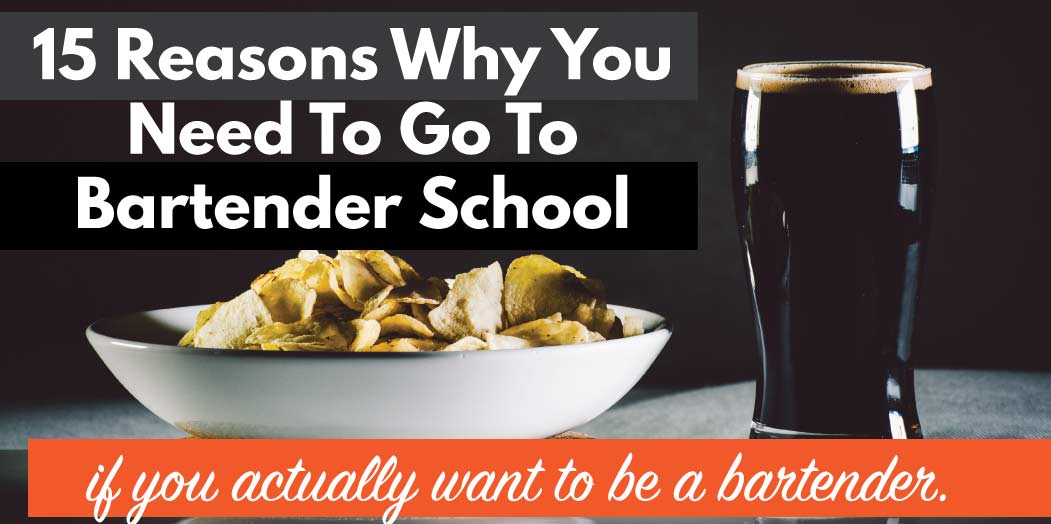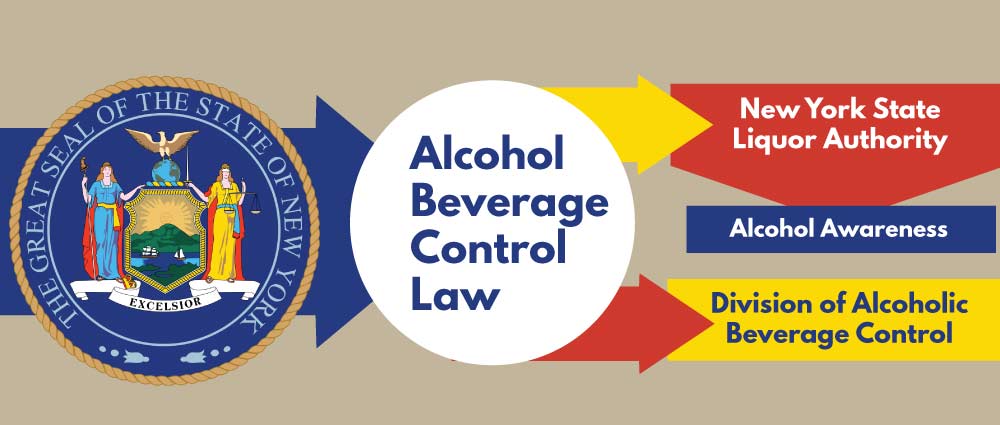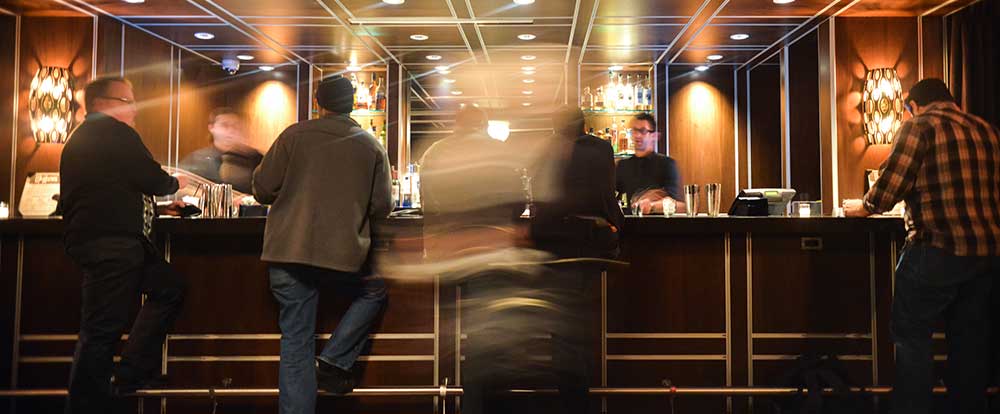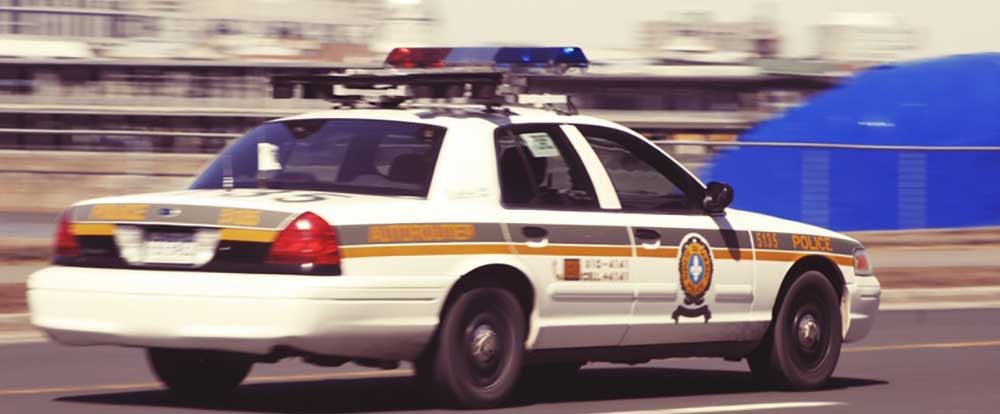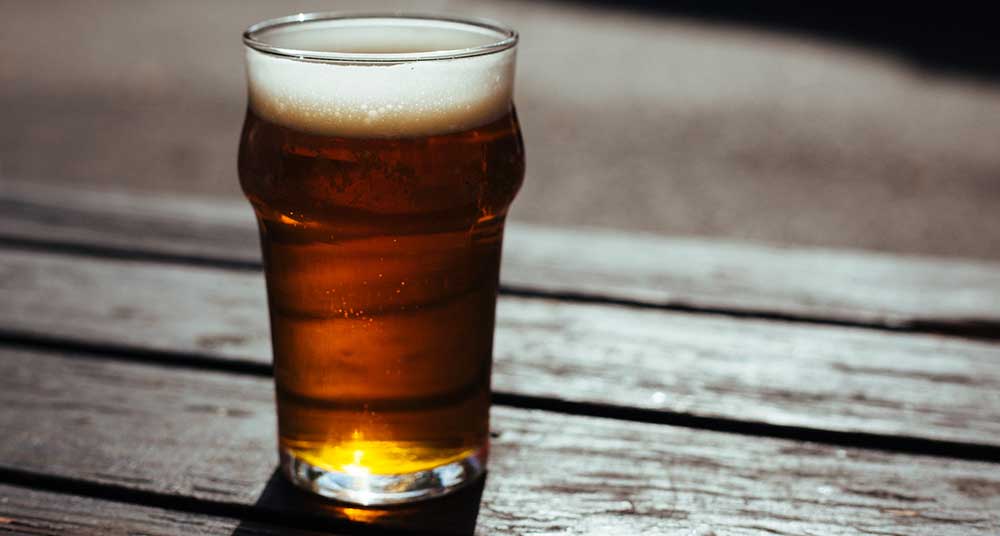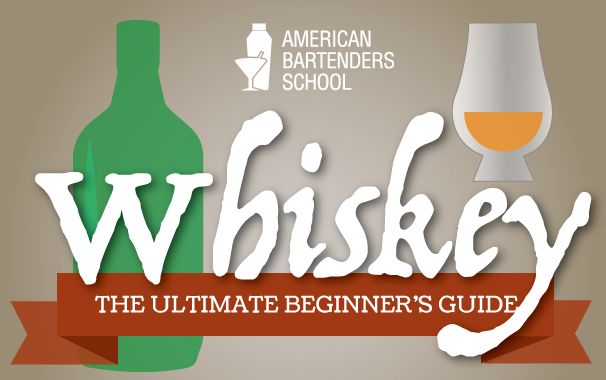A garnish has a two-fold purpose in alcoholic drinks. One is to enhance or compliment flavors, and the other is to enhance the visual look of the drink. When you get right down to it, it is wild to think that a floating piece of fruit skin can justify the price of an expensive drink, but this has become the norm, and people expect it. Here is a list of the most common garnishes and why and how you are supposed to use them.
Celery = Bloody Mary
The Bloody Mary supposedly arose back in the the late 1920s, when the actor George Jessel ordered a tomato juice with vodka to help kick a nasty hangover. However in 1934, a famous bartender Fernand Petoit took up residency as head bartender at the St. Regis in Manhattan, NYC. Here is where he was said to have ‘officially’ created the Bloody Mary.
By the 1950s, people were asking for celery sticks to use to stir the drink. According to one person on Stack Exchange, the celery stick was first added by a Chicago bar patron who couldn’t wait for the bartender to go grab him a straw to stir for which to stir his cocktail. He secretly swiped the celery from a relish tray.
While the celery doesn’t necessarily add much flavor, it has remained a staple addition to the drink.
Cherries
The most famous and common use of cherries is in a Manhattan. They can also be added to anything with Sour Mix or any drink with Grenadine. Sitting at the bottom of glass of alcohol, they soak up the booze. The best part about cocktail cherries is arguably eating the alcohol-soaked cherry after finishing your cocktail. That is probably why many companies are coming out with cherries that are pre-infused with booze.
Cherries themselves do not enhance the flavor of cocktails. They are added purely for visual stimulation. Cherry juice, however, which may accompany the cherries if you are pouring or spooning them out of a jar, will sweeten the drink.
Cinnamon
Common cinnamon cocktails are richer drinks with milk in them like an Irish Coffee. Since cinnamon is an ingredient in creating spiced rum, it is also great in drinks where you are using spiced rum.
Flowers
Edible flowers are an interesting addition to a cocktail. First of all, they look beautiful, and in this industry, presentation is half of the battle. You are never going to get full overwhelming flavors from a flower, but as Amy Stewart, author of Drunken Botanist puts it (via Greatist) “A cocktail is much more like a spritz of perfume in that the bright, floral notes are really wonderful.” Be very which you choose, however, as some flowers are NOT edible and can in fact be poisonous. Check out this full list of edible flowers.
Lemon
For cocktails, the peel of the lemon is most important because of the oils. But lemon wedges or slices can also be used. The sour taste is strong enough to impart a lasting impression on the palette. The lemon oils in the skins are said to take away the bitterness in coffee. Most prefer Meyer Lemons when mixing in cocktails – but we say you should test them all and experiment.
Sliced lemons can be added to Long Island Iced Tea and the ever-popular Bloody Mary. Twists can be added to drinks like the Lemon Drop Martini. The twist takes some practice to perfect, but here is a great link to a how-to guide so that you can try on your own. There are also plenty of drinks on our candy shots list that employ the use of a lemon.
Lime
Limes are a little more universally used than lemons in the cocktail world. Generally, any drink with cola should get a lime wedge. So, remember to always add to your Jack and Coke or Rum and Coke. Another drink that usually always gets a lime is a Gin or Vodka and Tonic.
Mint Leaves
Mint can be muddled or full sprigs added to the drink. When using mint in a drink like this, you want to give it a little clap. This releases the oils which are actually what you are looking for in your drink.
The Mint Julep is one of the most famous. Although one can never be too certain where these drinks have gotten their origins, most seem to pinpoint the beginnings in the 18th century in the Southern states of the US. A “julep” is actually just a sweet drink that is used specifically for medicinal purposes. In 1784, an early medical publication said that they prescribed the mint julep for upset stomach, a remedy which is still popular today. Basically, peppermint contains menthol. The menthol encourages digestion and also calms the action of your digestive muscles – which eases pain or cramps.
Another popular drink that uses mint is the Mojito. With this drink you typically want to muddle the mint and lime together, however, it is also nice to garnish with a fresh sprig or add a few leaves. Said to have come from Cuba to help cure a scurvy outbreak on a sailing vessel in the late 1500s. As of 2014, the mojito is actually the most popular drink in all of Britain.
Olives
There are many different kinds of oils, but according to the Food Republic, very little taste difference can be detected by the geography or the soil that they are grown in.
The curing process is what really changes the olive’s taste – and they must be cured before putting into cocktails. Fresh olives are far too bitter.
Their natural counterpart is the Dirty Martini, where three olives are served on a toothpick, but people also add them to Bloody Marys and have been known to add them to a beer as well.
A quick, interesting fact about the number of olives used. Apparently back in the day, when NYC was a haven for mobsters, there was a special code that bartenders used to alert patrons of danger. A bartender at Lusardi’s on 78th and 2nd ave in Manhattan said that using three olives was standard. But serving a martini using only two olives was a signal that there was someone at the bar who is a threat!
Onions
A ‘cocktail onion’ is a pearl onion that has been pickled. The brine contains turmeric and paprika, which combines with the sweetness of pearl onions to add a unique flavor to cocktails. Adding an onion to a martini makes it a Gibson.
One story about the Gibson’s creation comes from 1890. Here a businessman named Walter D. K. Gibson invented the cocktail in San Francisco because he hated the way his bartender made martinis. He added an onion because he believed onions prevented colds.
Any story is that a famous NY artist named Charles Dana Gibson, well known for drawing women with well-endowed chests – who would become known as ‘Gibson Girls’ as seen below, challenged his bartender to create a new variation on the martini. The bartender used an onion and named the drink after Gibson. Furthering these claims are the idea that two onions are used in a Gibson because they allude to the ‘Gibson Girls’.
Orange
As with most fruits, you can slice them and peel the rind to add flavor to your cocktails. Remember that (most of the time) garnishes are meant to enhance the flavor of whatever you are putting them in. So with oranges, you can add a wedge to any drink with orange, such as a Screwdriver.
The orange peel can be added to traditional drinks like Manhattan or Negroni. When peeling, the oils are released. So when you pair a fruit, such as an orange, with a similar bitters, aka orange bitters, the flavors compliment each other.
Flaming Orange Peel
While this is very much a showmanship technique, the flaming orange peel can be a crowd pleaser. Using very fresh oranges, you want to cut the a small peel. Then holding it over a cocktail, you squeeze the fruit peel over a flame. This will cause a small light show that will get people talking and more importantly, get you some big tips!
Pepper
Pepper, like salt is used on the rim of the glass. It pairs best with Bloody Marys.
Pineapple
Pineapple can and should be used as a garnish for ‘tropical’ drinks like a Pina Colada. Again, the garnish can reflect the juices included in the cocktail – so drinks like the Painkiller or Malibu Bay Breeze should also get pineapple garnishes.
If you want to get really specific and play it by the book, tropical drinks typically have a ‘flag’ garnish. Pineapple chunk, orange slice and maraschino cherry on a skewer.
Salt
Salt is one of those amazing spices that has been used in thousands of ways over the years. It has been known to polish metal, whiten teeth, stop itchy insect bites, and – what we are most interested in – garnish cocktails.
One of the main ideas behind salt with cocktails is to combat the bite of alcohol. This is why it has become so common when doing shots of tequila. Traditionally, tequila and salt never went together. Really good, pure agave Tequila doesn’t and shouldn’t need salt to taste. But since some of the cheaper tequila has such a harsh taste, people prefer a little salt.
Generally the idea is that you want the customer to get a taste of it as they drink. Therefore, the salt is put on the rim of the glass. The most popular drink with a salted rim is the Margarita, but also the aforementioned Bloody Mary. Flavored salt has become popular, as well as artisan salt for cocktails. (Himalayan,Hawaiian, Sale Marino, etc. Check out all of the salty possibilities here. Try some celery salt on your bloody as a nice companion to the celery stalk.
Error: No feed found.
Please go to the Instagram Feed settings page to create a feed.




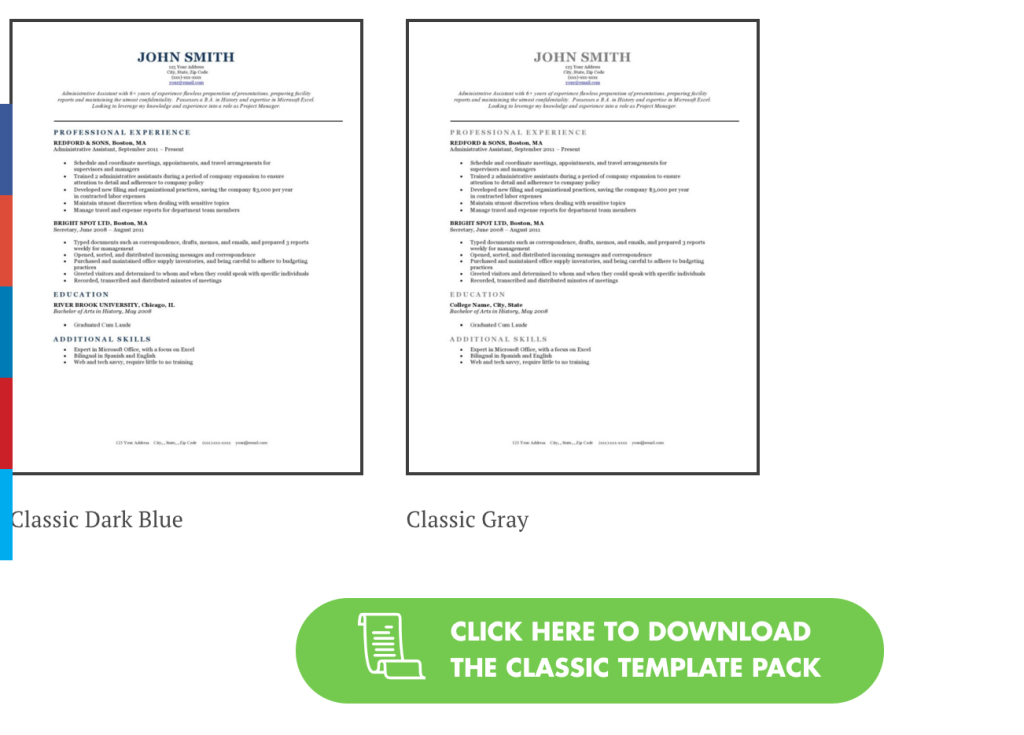

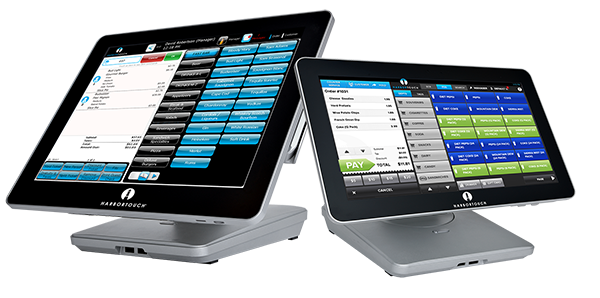


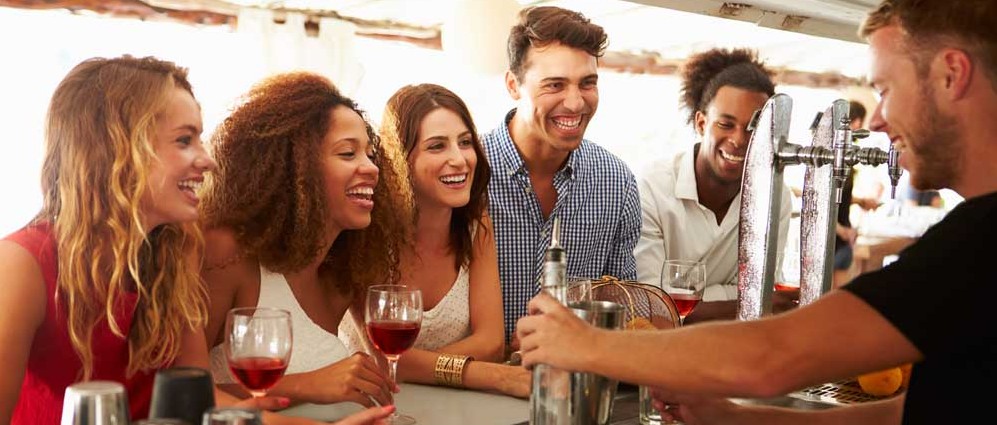
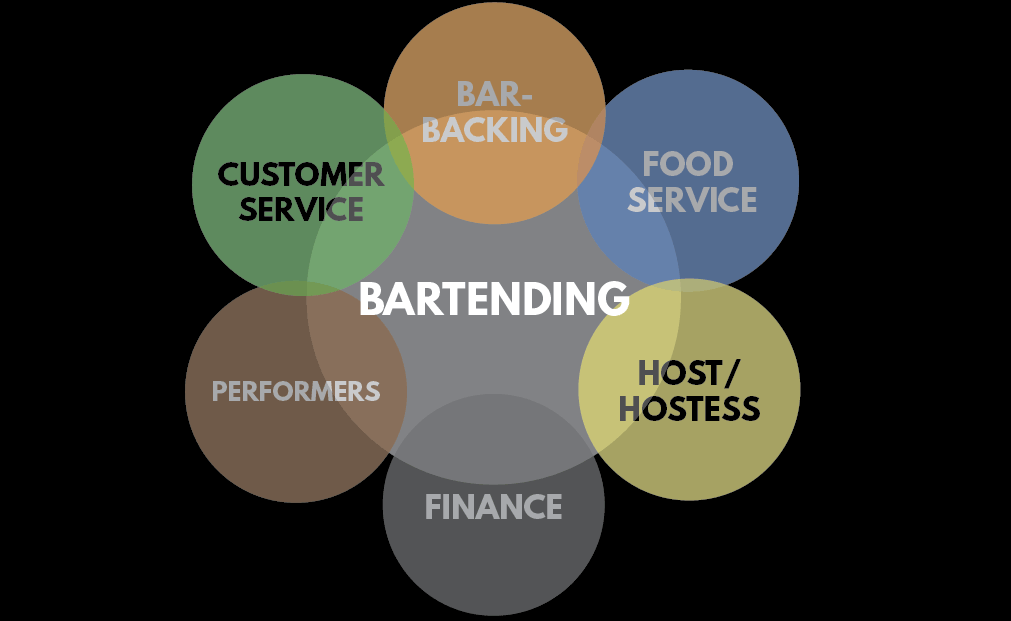


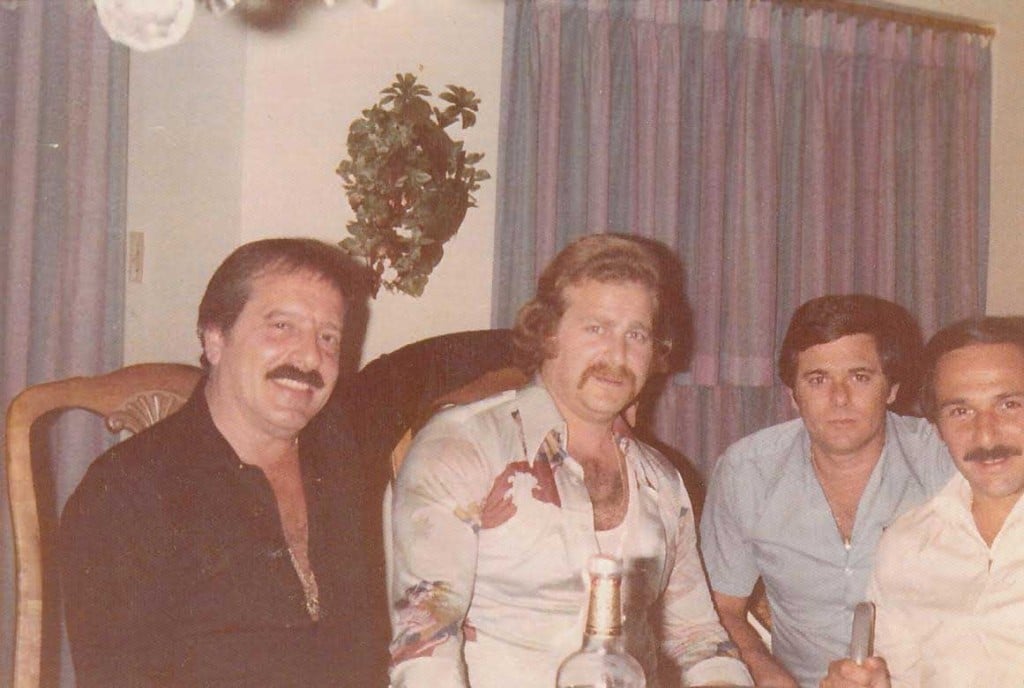 Linda’s father with his crew. From left, Robert “Bobby Zam” Zambardi, unknown, Joseph “Joe Brewster” DeDomenico.
Linda’s father with his crew. From left, Robert “Bobby Zam” Zambardi, unknown, Joseph “Joe Brewster” DeDomenico.